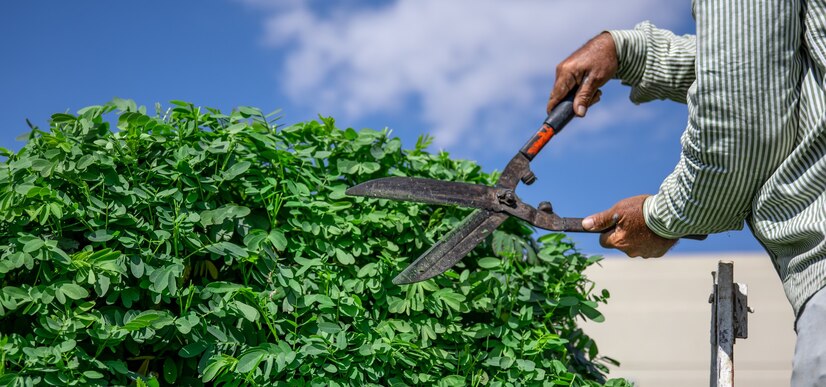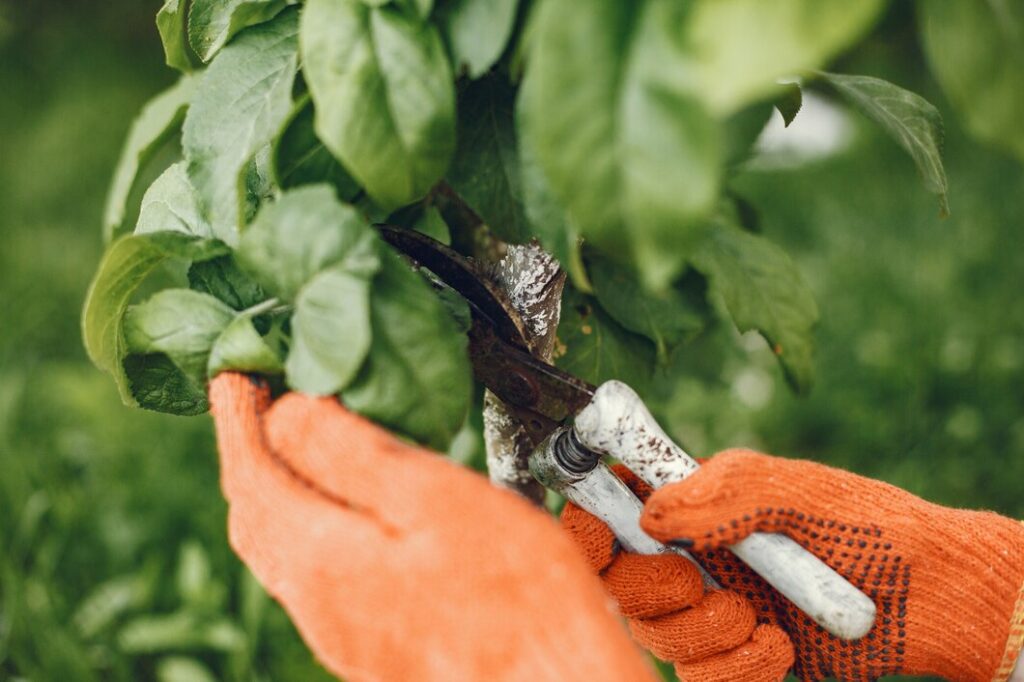Pruning


Pruning Techniques for Different Plants
Pruning methods differ with the type of plant. Fruit trees need to be pruned from time to time to enhance production and air circulation. Flowering plants are pruned to shed dead flowers and promote new flowers. Ornamental plants are pruned to enhance appearance and health. Shrubs and hedges are regularly trimmed for density and shape. Climbers and vines need selective pruning to manage growth and promote flowering. Pruning in the right manner results in healthier plants and enhanced productivity.
- Pruning Importance
- Pruning Methods
- Pruning Techniques
Benefits of Pruning
Pruning Time Tips
Types of Pruning
Pruning Techniques for Healthy Plant Growth
Pruning removes dead, ill, or injured limbs. This helps the plant use its energy to develop healthier growth. By reducing dense areas, pruning allows air and light to reach the plant more effectively. This makes the roots healthier and the plant healthier overall. Fruit trees are encouraged to produce more fruit by correct pruning. Pruning on a regular basis also prevents the plant from becoming overcrowded, reducing the risk of pests and disease. Pruning correctly keeps your plants healthy and strong.
Best Time to Prune Your Plants
The best time to prune plants largely depends on the type of plant. For most deciduous trees and shrubs, late winter or early spring is ideal, as it encourages new growth. Flowering plants should be pruned after they bloom to avoid cutting off buds. Summer pruning is good for controlling the growth of vigorous plants. Avoid pruning in fall, as it can encourage new growth that may not survive winter frost. Always ensure that the plant is dormant or in a resting phase for effective pruning. Proper timing maximizes plant health and growth.
Pruning is an important gardening method applied to cut dead, injured, or overgrown branches to promote plant health. Pruning gives the plant shape, improves air circulation, and allows sunlight penetration to the whole plant. Pruning promotes vigorous, healthy growth and improves the beauty of the plant. In fruiting plants, pruning improves fruiting by directing energy to productive branches. Pruning stops the spread of diseases by removing diseased parts. Pruning causes plants to grow in a controlled and balanced way, thus more resistant and productive.

How Pruning Improves Plant Health Naturally
Pruning eliminates dead or diseased branches, minimizing the chances of infections and pests. Pruning enables the plant to concentrate its energy on healthier growth, which creates stronger stems and roots. Pruning overgrown sections enables air to flow more freely, which eliminates fungal diseases. Eliminating weak branches makes the plant healthier in shape, minimizing the chances of damage. Proper pruning enhances new growth, leading to stronger and healthier plants. It also helps plants cope with environmental stress and makes them more resilient overall.
Seasonal Pruning Tips for Better Yield
Take out dead branches from fruit trees at the beginning of spring so they can grow more new branches and fruit. Prune summer fruit after harvest to remove old branches and provide room for new growth next year. Take out ill or injured branches during autumn to prepare the plant for winter dormancy. Prune as little as possible in winter because it makes the plant weaker during winter. Pruning during the appropriate time enables the plants to receive more light and air, which means healthier fruit. Modify your pruning techniques according to season and type of plant to achieve maximum benefits.

 in India | Primemowingnz Copyrights 2025. All Rights Reserved.
in India | Primemowingnz Copyrights 2025. All Rights Reserved.